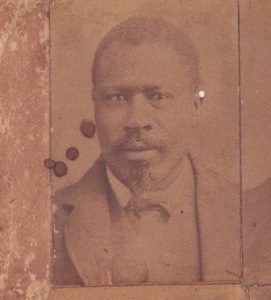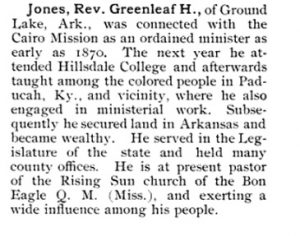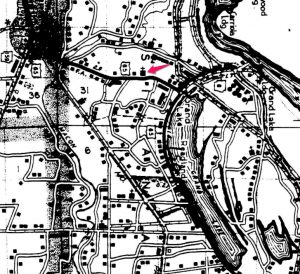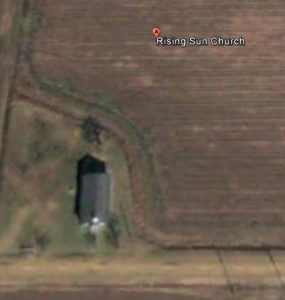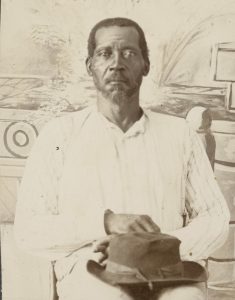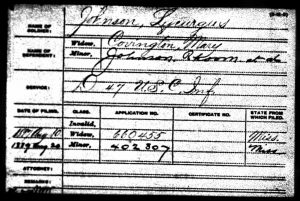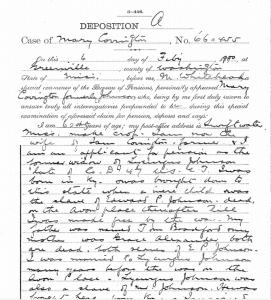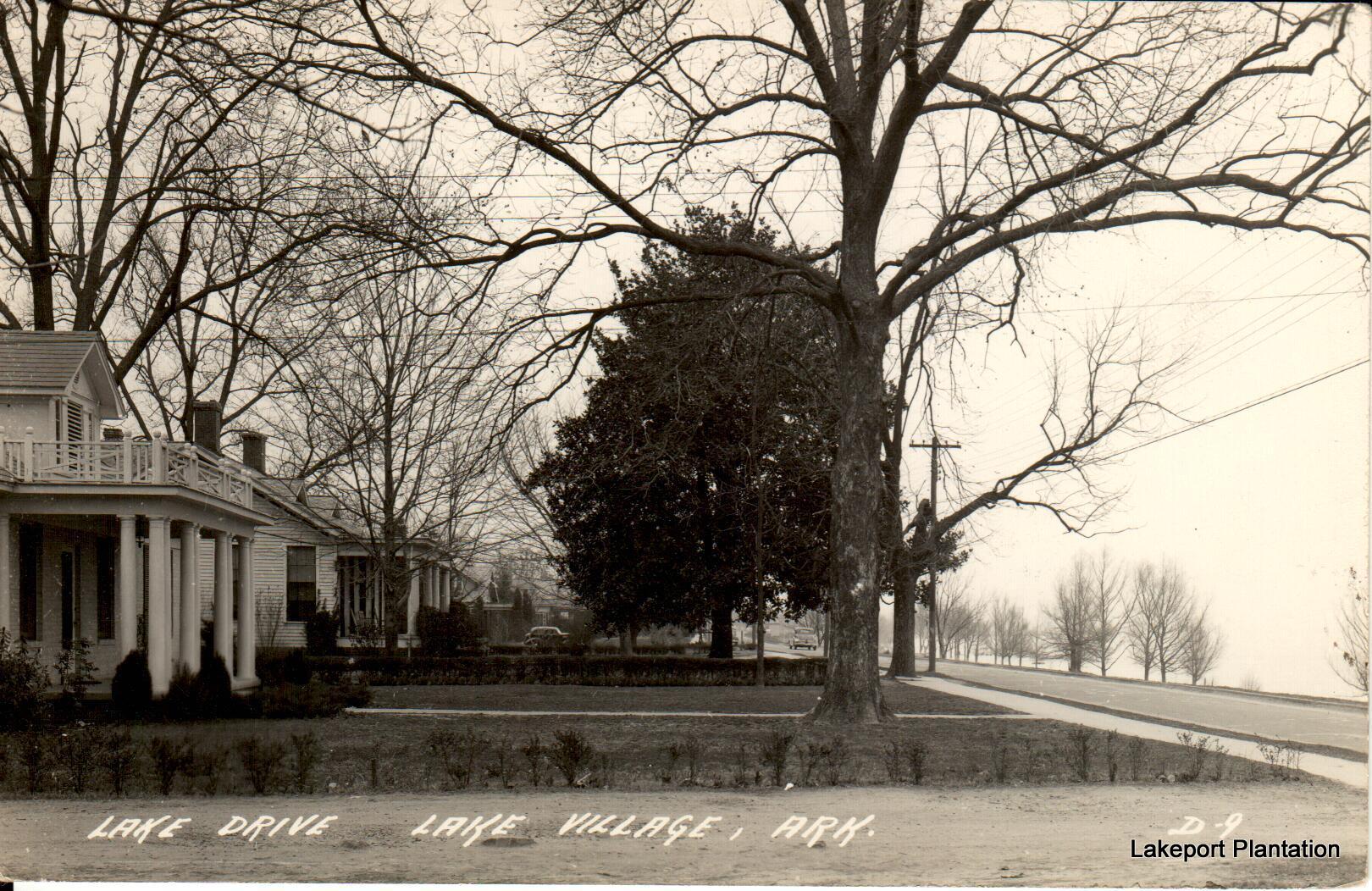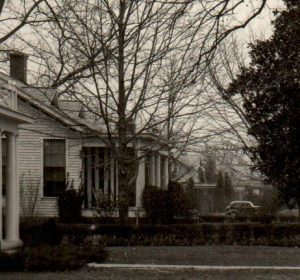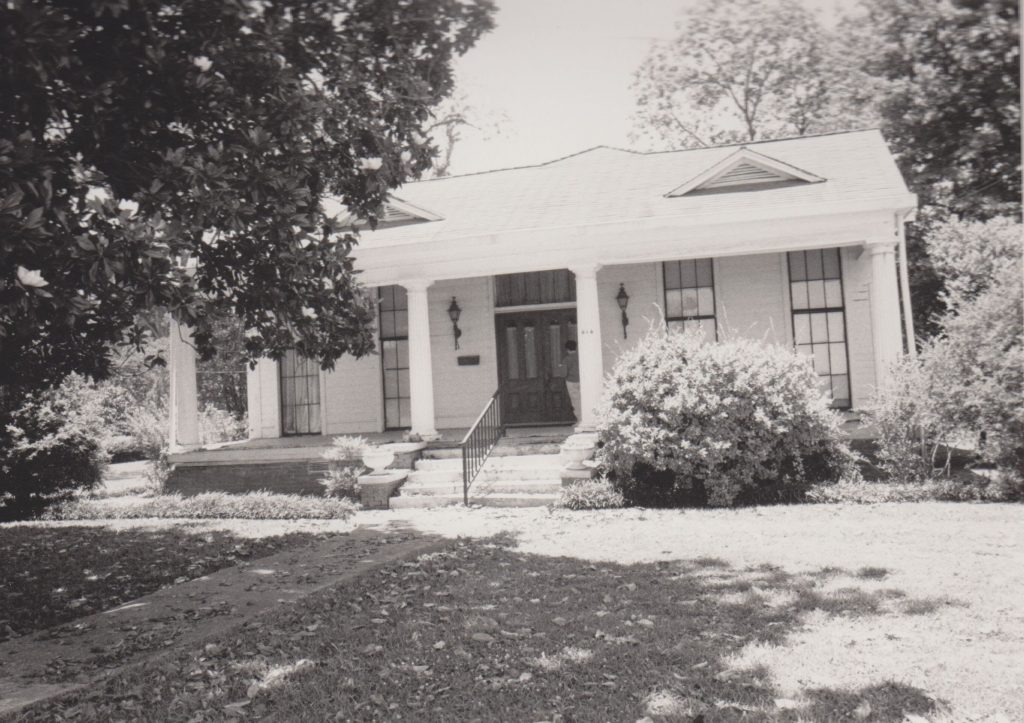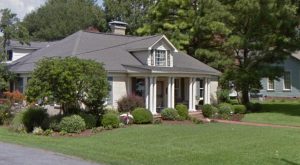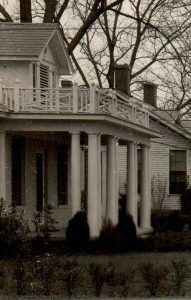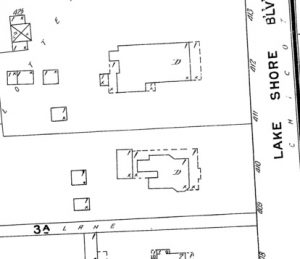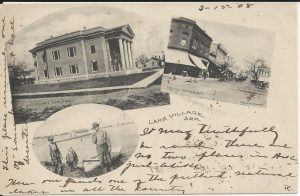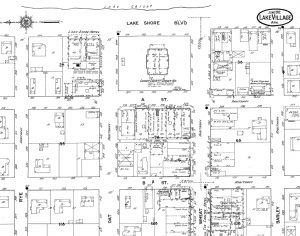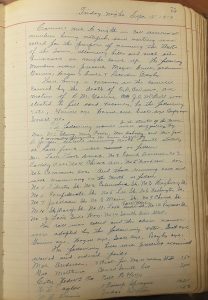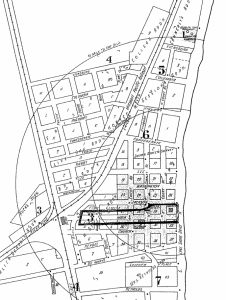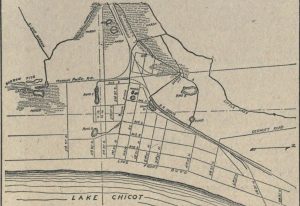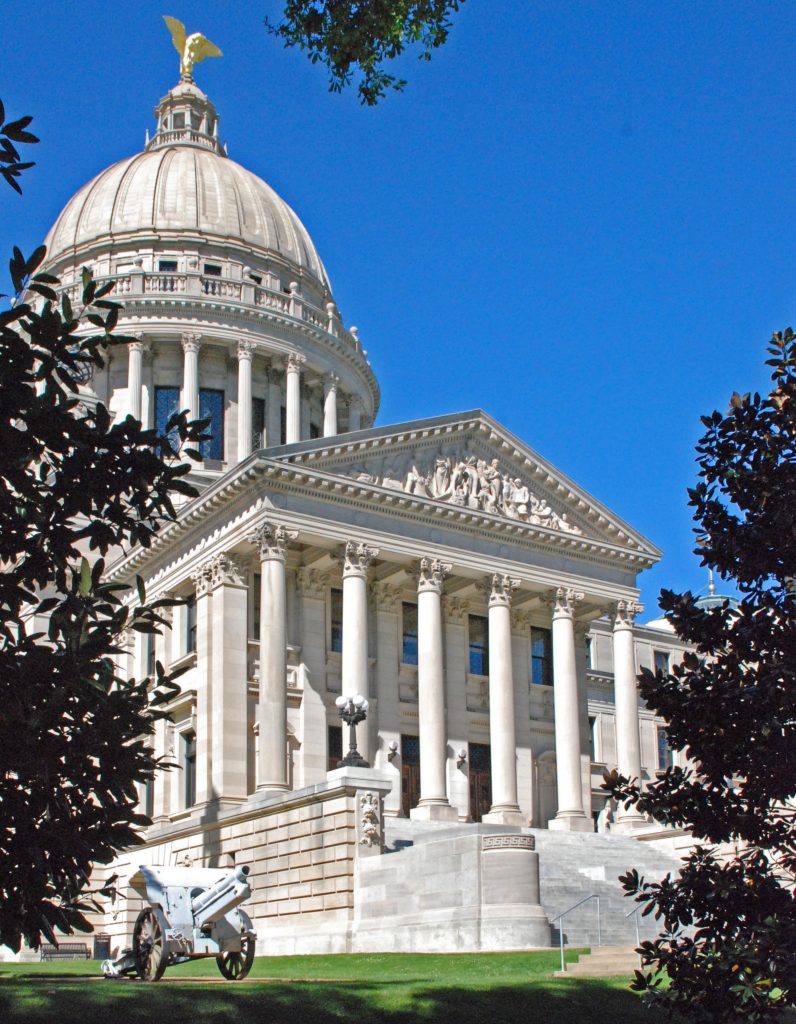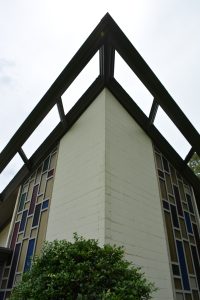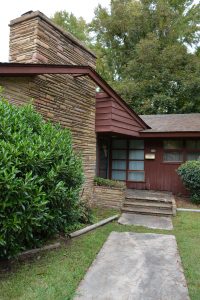Lakeport Legacies · July 19 [Encore July 26] · Old Houses of Blanton Park: Greenville’s Lost Downtown Neighborhood
Old Houses of Blanton Park: Greenville’s Lost Downtown Neighborhood
Princella Nowell (Washington County, MS)
Thursday, July 19 — Encore Presentation on Thursday, July 26
Refreshments & Conversation @ 5:30 pm
Program @ 6:00 pm
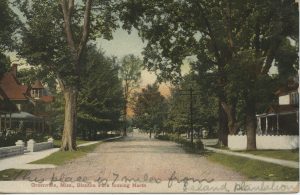
Blanton Park, Greenville, Miss. looking North, ca 1911. Image courtesy of Ann Rayburn Paper Americana Collection, Special Collections, University of Mississippi Libraries
Blanton Park emerged as a downtown neighborhood in 1886 from Harriet (Blanton) Theobald’s old homeplace. In 1865, Theobald donated part of her plantation for the town of “New Greenville” just behind Island No. 83 on the Mississippi River. After her death, her surviving son, Orville M. Blanton, subdivided her personal property into Blanton Park. Blanton Park became a residential subdivision with homes of family members, professionals, and politicians. On its corners and edges were churches, businesses, clubs, and the Greenville Sanitarium. Washington County Historian Princella Nowell will explain how the “Park” was subdivided, who lived there, and what eventually happened to the homes and churches as they were abandoned to fire, flood, and neglect.
Register for this FREE Event (Registration is closed for July 19) Register for July 26
(by phone, email or online)
870.265.6031 ·
601 Hwy 142 · Lake Village, AR 71653


